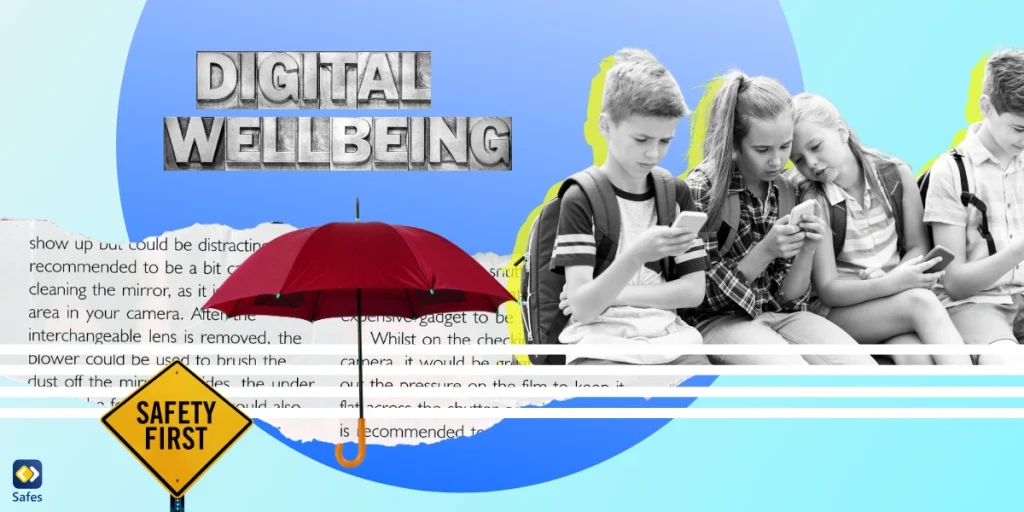Children today need to develop skills in critical thinking and problem-solving in order to thrive in the world we live in, which is both increasingly complex and rapidly changing. Children who have these abilities are able to analyse and comprehend situations, recognise problems, and come up with solutions that are workable.
Problem-solving and critical thinking skills are essential for success in today’s rapidly changing and complex world. They enable individuals to analyze complex situations, make informed decisions, and find creative solutions to real-world problems. In an ever-increasingly interconnected and globalized society, it is becoming more important for children to develop these skills so they can thrive in a fast-paced and constantly evolving environment.
In a world that is increasingly interconnected and oriented towards the global community, children are confronted with an overwhelming quantity of information and a bewildering variety of options. In a scenario like this one, the ability to think critically and constructively about problems and to solve those problems effectively are essential success factors. Children who have developed the ability to think critically and find solutions to problems are in a better position to make decisions after giving them some thought, to deal with difficult circumstances, and to be creative.
Furthermore, these skills are transferable, which means that they can be utilised in a variety of contexts and settings, such as academic settings, professional settings, and interpersonal interactions. Children can develop a healthy sense of self-confidence and independence through the practise of these skills, which will benefit them in every facet of their lives.
The educational setting places an especially heavy emphasis on the development of skills such as critical thinking and problem solving. Because they assist students in comprehending and analysing information, as well as in problem-solving and the completion of projects, they are essential to both the process of learning and the achievement of success in academic endeavours. These skills help young people acquire a growth mindset, which enables them to see challenges not as insurmountable obstacles but as opportunities for learning and development.
A person’s ability to think critically and solve problems is another skill that is essential for success in the workforce of the twenty-first century. Workers of the future will need to be skilled in a great deal of creativity, innovation, and critical thinking in order to find gainful employment. By teaching kids these skills, we are setting them up for future success and providing them with a better future for themselves.
In summing up, the ability to think critically and creatively while also being able to solve problems is becoming increasingly important in today’s society. By teaching young people these skills, we are equipping them with the tools necessary for successfully navigating challenging situations, arriving at wise decisions, and excelling in both their personal and professional lives. In addition, by cultivating a love of learning and a growth mindset in our young charges, we are setting them up for a lifetime of accomplishments and gratifications, no matter what stage of life they are in.

Helping Kids Solve Problems: How to Teach Critical Thinking
In order for children of this generation to develop their capacity for problem-solving and critical thinking, they will need to overcome a number of obstacles, including the following:
- Children frequently rely on technology to answer their questions and find solutions to their problems, which results in a lack of critical thinking and problem-solving skills on their part.
- Opportunities for hands-on learning are often restricted in schools because of the emphasis placed on standardised testing. Hands-on, experiential learning is essential for the development of problem-solving skills, but such opportunities are often restricted in schools.
- Children are spending less time engaging in outdoor activities that foster creativity and problem-solving skills due to the rise of technology and decreased access to outdoor spaces. This results in a decrease in the amount of time children spend playing outside.
- Lack of practise: If children do not have many opportunities to develop their critical thinking and problem-solving skills through practise, it may be difficult for them to do so.
- Children may experience pressure to conform to a particular way of thinking and may not feel comfortable taking risks or exploring new ideas, both of which are essential for the development of critical thinking skills.
In spite of these obstacles, it is essential to cultivate problem-solving and critical thinking skills in children because these abilities are necessary for success in academic settings as well as in personal settings.
The Importance of Developing Critical Thinking and Problem-Solving Skills in Children
The development of skills in critical thinking and problem-solving should begin at an early age.
There are several reasons for this:
Prepares children for future success: These skills are essential for success in academics and the workplace, as well as for navigating complex problems in life. Providing children with these skills prepares them for future success.
Increases in Creativity and Innovation: The development of skills in problem-solving and critical thinking encourages children to think creatively and to approach problems from a variety of angles, which in turn increases their levels of creativity and innovation.
Skills in critical thinking and decision-making that are improved include: Children can develop critical thinking skills and the ability to make informed decisions when they are taught how to analyse and evaluate information.
Problem-solving and critical thinking skills: Help children overcome obstacles and adapt to new challenges, which contributes to the development of resilience and adaptability in children.

From Reactive to Proactive: Encouraging Critical Thinking in Children
The following is a list of suggestions for parents and teachers that can be put into practise to assist children in the development of problem-solving and critical thinking skills:
- Encourage learning through hands-on experience by giving children opportunities to participate in hands-on activities such as building and experimenting, which are both beneficial to the development of their ability to solve problems.
- Encourage children to have a growth mindset by encouraging them to accept challenges and view setbacks as opportunities for learning and personal development.
- Establish a safe and supportive environment: Establish a safe and supportive environment for the children in your care, one in which they are not afraid to ask questions or try new things.
- Encourage children to think for themselves by not expecting them to rely solely on their parents or other adults for answers to the challenges they face but rather to come up with their own answers.
- Encourage children to use their imagination and creativity when approaching problems and to think creatively and outside the box. This will help children develop their imagination and creativity.
- Ask children questions that are open-ended so they are forced to analyse and evaluate the information they have been given. One way to foster critical thinking in children is to ask them questions that are open-ended.
- Set an example for children to follow by solving problems in your own life and encouraging them to do the same. Children learn best when adults set an example for them to follow.




